Search

How Would Veterinary Diagnostic Labs Test for African Swine Fever?
What would African Swine Fever testing look like through the lens of our veterinary diagnostic laboratories? Interestingly, we know exactly what it looks like, because it’s already being done at sites such as the Animal Disease Research and Diagnostic Laboratory at South Dakota State University.
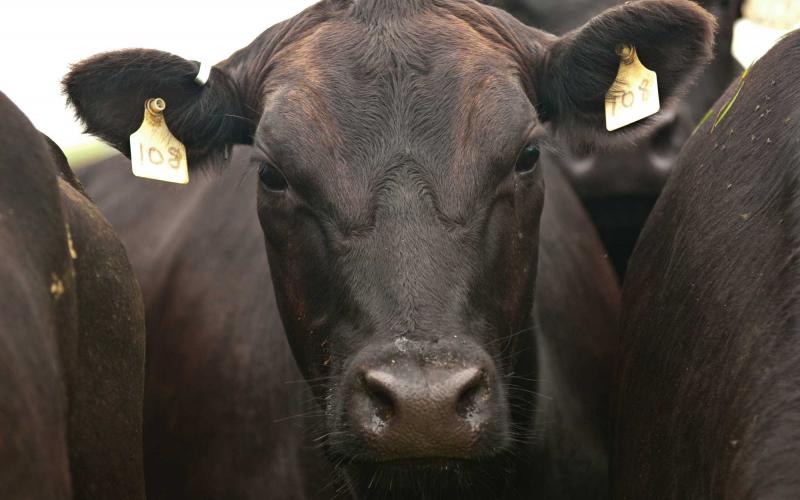
Mineral Consumption: It Matters!
Cattle mineral nutrition is complex and often confusing, but one strategy to help ranchers better evaluate their mineral program is to monitor mineral consumption.
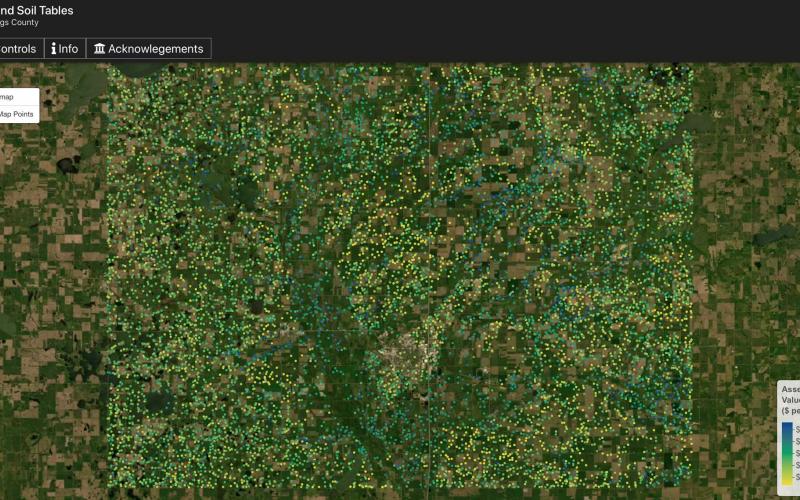
South Dakota Ag Land Soil Tables Tool
The Ag Land Soil Tables Tool allows users to view soil data and download data by county to further understand the soil rating system. It can help appraisers make baseline agricultural land assessments and determine if adjustments from baseline are needed.
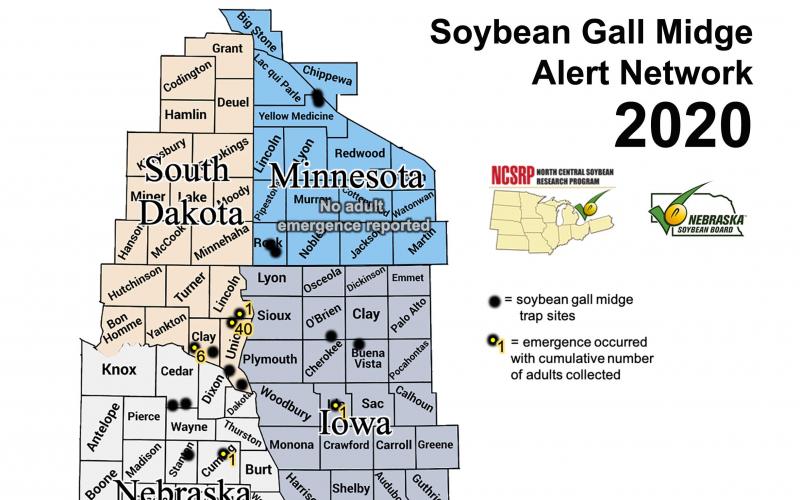
Soybean Gall Midge Adults Emerging in South Dakota
Over the weekend, a SDSU Extension collaborator reported that soybean gall midge adults had been captured in Southeastern South Dakota. These are the first adults that have been observed in South Dakota in 2020.

Never Underestimate Mother Nature
We know that weather is unpredictable, and every gardener will eventually have to deal with damage caused by weather. Learn some tips that will help you give your plants a fighting chance after extreme weather events.
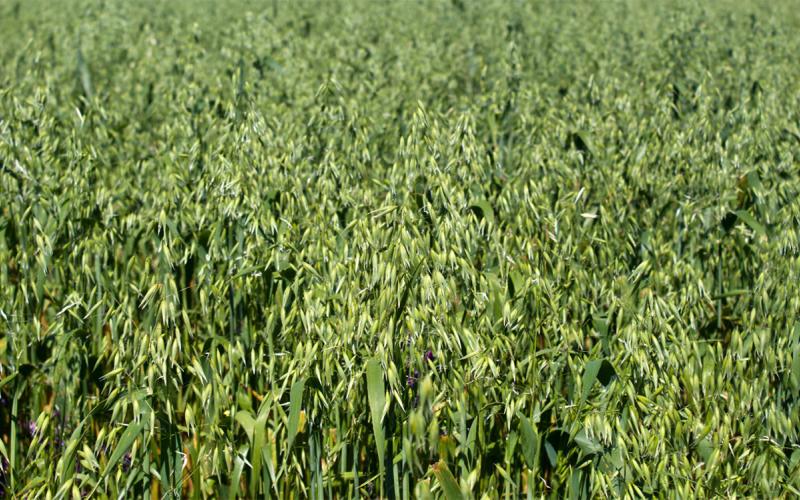
Effects of Plant Growth Regulator in Oats
Plant growth regulators are human-applied chemicals that manipulate the hormone functions in plants. Learn how they can be used in oats to help reduce lodging and prevent yield loss.
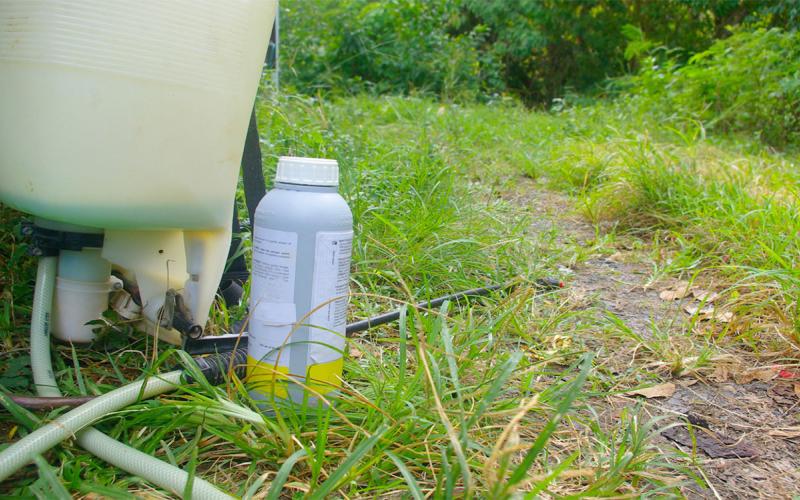
Read the Label
Last year, Bayer announced they would be phasing out glyphosate from the homeowner market, but they would be keeping the Roundup name for future marketing. Learn some important label considerations when purchasing Roundup-branded products.

Are Fungicides Needed on Crops Damaged by Wind, Sand Blasting or Hail?
When extreme weather brings hail and sand blasting to fields, many growers wonder if a fungicide application is needed afterwards to protect wounded plants from bacterial diseases.
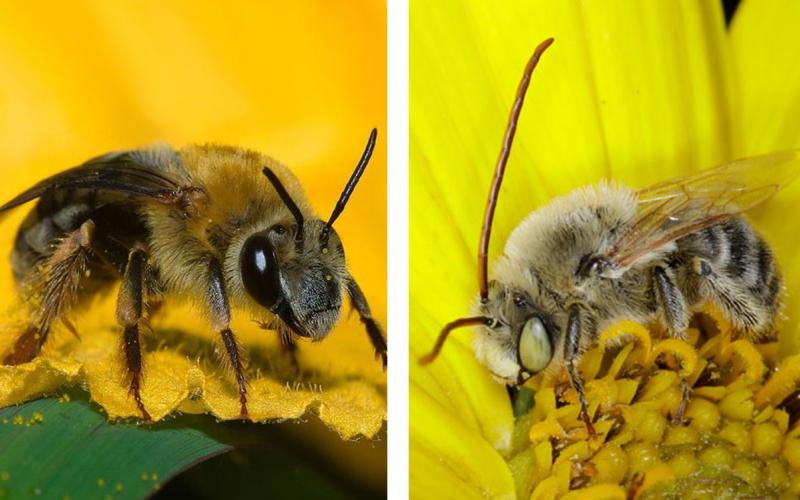
Beneficial Pollinators: Squash Bees and Long-Horned Bees
South Dakota is home to more than 400 species of native bees. In this article, we will highlight the squash bee and the long-horned bee, two beneficial native pollinators.
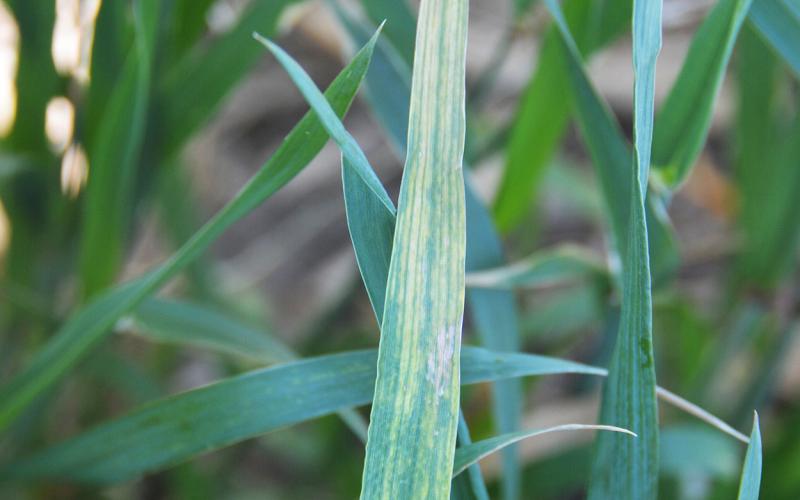
Wheat Streak Mosaic Virus Showing Up in Fields
Wheat streak mosaic virus is a viral disease, which has been found in samples recently sent into the SDSU Plant Diagnostic Clinic. Learn how to identify it before it takes a toll on wheat crops.